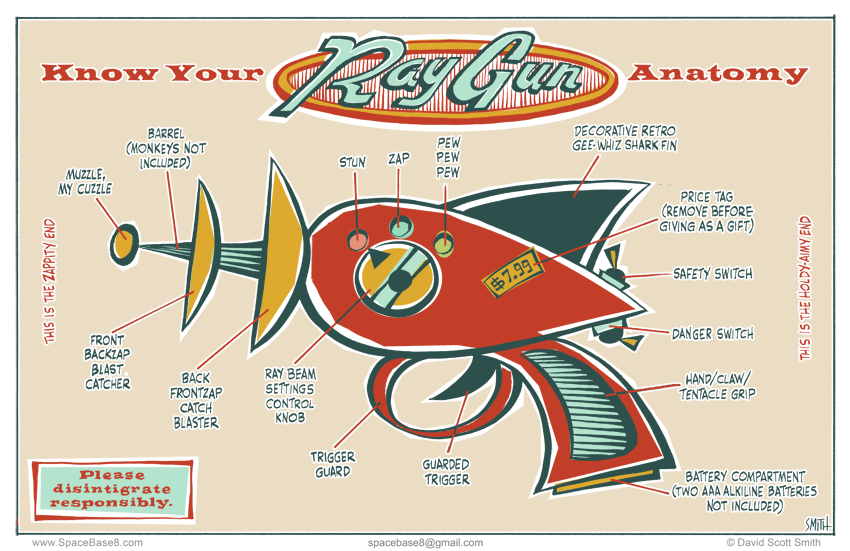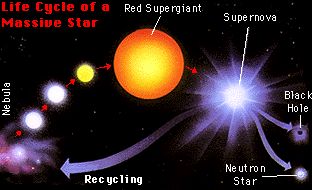So what the heck is ionizing radiation? Well consider the following conundrum about x-rays. They can:
1- cause cancer
2- be used to detect cancer.
3- be used to treat cancer.
Whaaat? How does that work? We use the term ionizing when the radiation has sufficient energy to detach electrons from molecules causing them to become chemically reactive ions.

The name atom means “indivisable” and are incredibly small. They are made up of protons, neutrons, and electrons with about 99.9% of its mass concentrated in the nucleus that holds a positive charge. A surrounding negatively charged cloud of electrons makes up the difference and the atom stays together due to the attraction between the two.
OK, so here is the rub: if an atom gains or loses an electron it becomes an ion and generally results in a very chemically reactive substance. This process to produce an ion can be achieved by many ways but one of the most important is electromagnetic radiation (we’ve talked about this already here). Radioactive materials such as radium emit ionizing radiation as does x-ray tubes. There is even such a thing as cosmic radiation (Yup, we talked about that here!).
Now x-rays produce photons which are the same particles that make up visible light but at a much shorter wavelength and higher energy. When they penetrate through a solid object they will most often simply pass through. However, if they pass by close enough to an electron they can transfer their energy and in the process knock it out orbit producing an ion. Also, the more dense the object the more often the photons are blocked from travelling through resulting in a differential effect on a film or sensor placed on the opposite side. This is how we are able to see inside the body using x-rays.
The problem about ionizing radiation is that the resulting chemically reactive ions can result in DNA damage. Often the cell can repair itself resulting in no permanent damage. Other times, however, permanent damage occurs and can result in cell death (a good thing if they are cancerous cells) or DNA mutations that can in turn lead to the promotion of cancer – bummer.
Now on to using ionizing in a sentence today (not sure about the rules? See here):
Serious example – Bob, don’t stand too close to the x-ray machine. You wouldn’t want to be exposed to ionizing radiation that could damage the DNA in your cells…
Less serious – You wouldn’t believe what happened to me at work today! I was at the photocopy machine getting ready to change the toner cartridge and Bill from sales said:”Let me do that for you, Honey”. He is so ionizing or patronizing or whatever. He makes me mad…
Listen to Just Because by Raygun to get ready for the weekend and I’ll see you back in the blogosphere soon.
Pascal Tyrrell
MiWord of the Day is… Supernova!
So, what does medical imaging have to do with a Supernova? Well in the B-movie – Supernova a deep space medical ship responds to a distress signal from a nearby mining planet and gets too close to a Red Supergiant ready to go Supernova. Is your geek alert tingling?
Well, believe it or not Supernovas are explosions of giant stars. Nuclear fusion produces iron in the cores of these stars. Such dense matter at the core creates a tendency for the star to collapse on itself due to gravitational pull. This is kept in check by the massive amounts of energy the star is constantly releasing. But what happens when the star starts to run out of fuel? Yup, you guessed it. It collapses on itself and implodes. As the star rushes inwards, protons and electrons combine to produce neutrons that in turn collide with the core and produce a crazy big explosion. This sudden release of energy is accompanied by the production of x-rays. Yes, I am serious. What is left behind of the exploded star is either a neutron star or a black hole depending on the mass of the remains.
So, a supernova is essentially a giant x-ray machine? Maybe not. However, by studying these cosmic x-rays astronomers are able to help describe the structure of the universe (not Castle Greyskull). Cool.
Question for you: should we be concerned with being exposed to cosmic x-rays? No. Cosmic x-rays are pretty much completely filtered out by our atmosphere by the time they get to the surface. So, how do astronomers get readings? Good question. By placing their recording instruments on satellites and spacecraft, of course!

Now on to using supernova in a sentence today:
Serious example – So did you catch the last supernova in our galaxy? Happened about 400 years ago. No? The next one should be soon as it is overdue by about 300 years.
Less serious – Growing up I always loved the Chevy Nova SS. Especially when it was customized. It surely was a super Nova…
Enjoy Ray LaMontagne – Supernova to recover from today’s post and I’ll see you in the blogosphere.
Pascal Tyrrell


